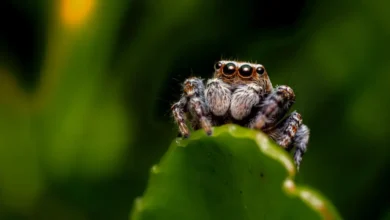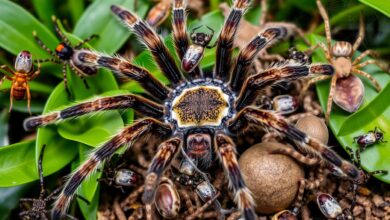Spiders, an integral part of the natural ecosystem, are among the most diverse and misunderstood creatures on the planet. Belonging to the class Arachnida, spiders are found in nearly every habitat on Earth, except for extreme environments like polar regions and oceans.
With over 48,000 known species, these eight-legged arthropods have intrigued and frightened people for centuries. However, their unique attributes, behaviors, and ecological roles make them an important subject of study and appreciation.
In this article, we will delve into the captivating world of spiders, exploring their biology, behavior, types, and their crucial role in the environment. We will also dispel common myths and misunderstandings about these amazing creatures.
Anatomy and Physiology of Spiders

Spiders have distinct anatomical features that set them apart from other arachnids and insects. Their bodies are divided into two main sections: the cephalothorax and the abdomen. The cephalothorax houses the brain, eyes, mouthparts (chelicerae), and legs. The abdomen, on the other hand, contains the spinnerets, silk glands, and reproductive organs.
- Eight Legs and Sensory Hairs: Unlike insects that have six legs, spiders possess eight legs. Each leg is covered in tiny sensory hairs that help detect vibrations, air currents, and chemical cues from their environment.
- Eyes: Most spiders have eight simple eyes, but their vision varies significantly. While hunting spiders like jumping spiders have excellent vision, other species rely more on vibration and tactile senses.
- Spinnerets and Silk Production: One of the most unique characteristics of spiders is their ability to produce silk. They have specialized glands in their abdomen called spinnerets, which produce silk threads for web-building, prey capture, and even as a lifeline when escaping predators.
The Role of Silk and Web-Building
Spider silk is one of nature’s most versatile materials. It is known for its incredible strength, elasticity, and durability. Many spiders use their silk to build intricate webs, which serve multiple purposes:
- Trap Prey: Orb-weaver spiders construct beautifully symmetrical webs designed to entangle flying insects.
- Protection and Shelter: Some species, like funnel-web spiders, create silk-lined burrows for protection.
- Communication and Mating: Silk is also used for signaling between potential mates or marking territories.
Silk production is not limited to web-building. Spiders also use silk to create egg sacs, wrap prey, and even as a dragline for safety.
Different Types of Spider Webs
There are several types of webs that spiders construct, each suited to the specific hunting and survival strategies of the species:
- Orb Webs: The classic spiral design seen in gardens and forests, built by orb-weavers.
- Funnel Webs: Built by funnel-web spiders, these webs form a sheet that leads into a tunnel where the spider waits for prey.
- Cobwebs: Irregular and tangled webs constructed by house spiders and other theridiid spiders.
- Sheet Webs: Flat, horizontal webs often constructed close to the ground.
The design and structure of each web type reflect the spider’s hunting method and habitat preferences.
Predatory Behavior and Feeding
Spiders are primarily carnivorous and use various techniques to capture their prey. Most spiders rely on webs to trap insects, while others, such as wolf spiders and jumping spiders, are active hunters that stalk and pounce on their prey.
- Venom: Once a spider catches its prey, it injects venom through its chelicerae to paralyze or kill it. The venom also contains enzymes that liquefy the prey’s internal tissues, allowing the spider to consume its meal in liquid form.
- Digestive Process: Spiders lack chewing mouthparts, so they rely on external digestion. They release digestive fluids into the prey, breaking down its tissues before sucking up the nutrient-rich slurry.
Spider Venom: Myths and Facts
There is a common misconception that all spiders are dangerous to humans. In reality, only a small fraction of spider species are capable of harming people, and even fewer are considered medically significant.
- Types of Venom: Spider venom can be classified as either neurotoxic (affecting the nervous system) or cytotoxic (causing cell damage).
- Dangerous Species: The most well-known dangerous spiders include the black widow (Latrodectus), the brown recluse (Loxosceles), and the funnel-web spider (Atrax robustus).
- Defensive Nature: Spiders generally bite humans only when threatened or provoked. Most bites are harmless and result in minor symptoms like redness or itching.
Understanding the true nature of spider venom helps reduce unnecessary fear and allows for better appreciation of these creatures.
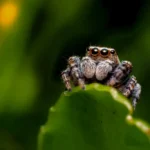 Jumping spiders Nature’s little acrobats
Jumping spiders Nature’s little acrobats
Spider Habitats and Distribution
Spiders are highly adaptable and can be found in almost every ecosystem on Earth. They inhabit forests, grasslands, deserts, wetlands, and even human dwellings. Each species has specific habitat preferences:
- Forest-Dwelling Spiders: Species like tarantulas prefer leaf litter and tree trunks.
- Desert Spiders: Adapted to arid environments, they often build burrows or live under rocks to escape the heat.
- Urban Spiders: House spiders thrive in buildings and other man-made structures, feeding on indoor insects.
Their diverse habitats have allowed spiders to evolve a wide range of behaviors and physical adaptations to survive in different environments.
Reproduction and Life Cycle
The reproductive process in spiders is complex and fascinating. Mating often involves intricate courtship rituals to prevent the female from attacking the male.
- Courtship: Males of some species, like jumping spiders, perform elaborate dances or present silk-wrapped gifts to win over the female.
- Egg Laying: Females lay their eggs in silk sacs, which they guard until the spiderlings hatch.
- Parental Care: While most spiders do not care for their young, some species, like wolf spiders, carry their spiderlings on their back until they are ready to disperse.
Ecological Role of Spiders
Spiders are crucial components of the ecosystem. They help control insect populations, reducing the number of pests that damage crops and spread diseases.
- Natural Pest Control: A single spider can consume hundreds of insects in its lifetime.
- Food Source: Spiders are also a food source for birds, reptiles, and other predators.
- Indicator Species: Because of their sensitivity to environmental changes, spiders can serve as indicators of ecosystem health.
By maintaining the balance in their ecosystems, spiders contribute significantly to biodiversity and environmental stability.
Common Myths and Misunderstandings about Spiders
Despite their ecological importance, spiders are often feared and misunderstood. Some common myths include:
- “All Spiders Are Deadly”: As discussed, very few spiders pose any real threat to humans.
- “Spiders Bite People Frequently”: Spider bites are rare; most bites attributed to spiders are actually caused by other insects.
- “Killing Spiders Indoors is Necessary”: Spiders help control other pests, making them beneficial to have around.
Educating people about the true nature of spiders can reduce fear and promote coexistence.
Conservation and Threats to Spider Populations
Like many other species, spiders face threats from habitat destruction, pesticide use, and climate change. While not all spiders are endangered, some species, especially those with limited ranges, are at risk.
- Habitat Loss: Urbanization and deforestation can decimate spider populations.
- Pesticides: Overuse of pesticides not only kills spiders but also reduces their prey base.
- Climate Change: Changes in temperature and precipitation patterns can affect spider distribution and behavior.
Protecting natural habitats and promoting biodiversity-friendly practices are essential for the conservation of spider species.
Unique Adaptations and Survival Strategies
Spiders have evolved various adaptations that enable them to survive in diverse environments:
- Camouflage: Many species blend seamlessly into their surroundings.
- Mimicry: Some spiders mimic ants or other insects to avoid predators.
- Specialized Hunting Techniques: Trapdoor spiders, for example, build hidden burrows with silk doors, waiting to ambush unsuspecting prey.
These adaptations highlight the evolutionary success and diversity of spiders.
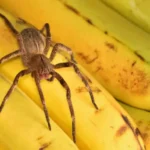 Unveiling the Truth: The Brazilian Wandering Spider – Not Your Average “Banana Spider
Unveiling the Truth: The Brazilian Wandering Spider – Not Your Average “Banana Spider
Fascinating Spider Species Around the World
Some of the most fascinating spider species include:
- Peacock Spider: Known for its vibrant colors and courtship dances.
- Goliath Birdeater: The world’s largest spider by mass, found in the Amazon.
- Golden Silk Orb-Weaver: Famous for its golden-colored silk.

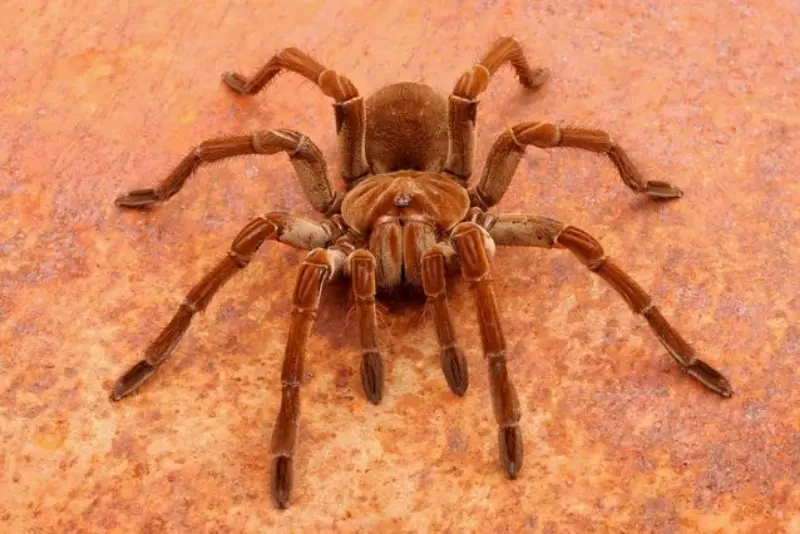
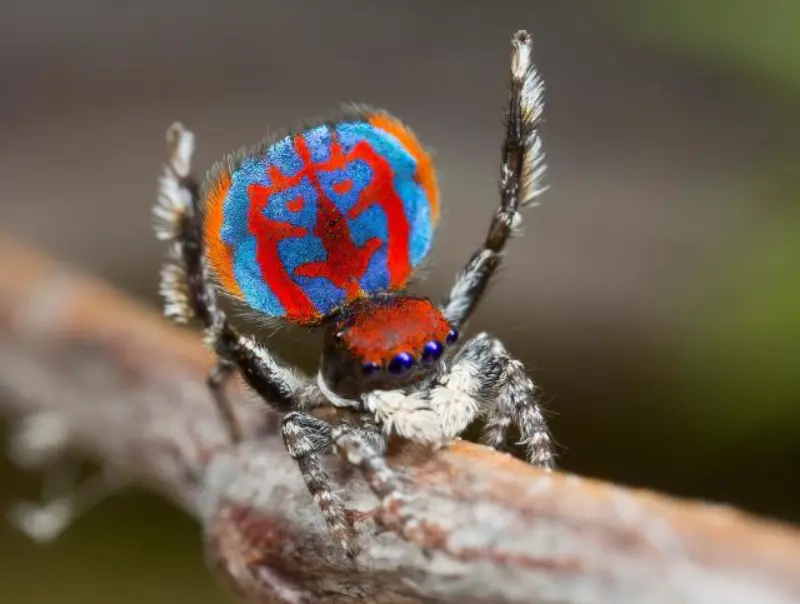
Each of these species showcases unique behaviors and traits that make the study of spiders endlessly intriguing.
How to Live Harmoniously with Spiders
For those who fear spiders, learning how to coexist with them is key. Simple practices can reduce unwanted encounters:
- Seal Cracks and Gaps: Prevent spiders from entering your home by sealing gaps around doors and windows.
- Use Non-Toxic Repellents: Natural repellents like peppermint oil can deter spiders.
- Relocation: Instead of killing spiders, use a jar and a piece of paper to safely move them outdoors.
Understanding and respecting these creatures can foster a more positive attitude toward them.
Frequently Asked Questions (FAQs)
Why do spiders have eight legs?
Spiders evolved to have eight legs to enhance their stability and ability to maneuver in complex web structures.
Are all spider bites dangerous?
No, most spider bites are harmless. Only a few species have venom that can cause serious harm to humans.
Why do some spiders eat their mates?
Mate consumption is rare and usually happens when the female is hungry or if the male is smaller. It is not a typical behavior in most species.
Can spiders see well?
Some species have excellent vision, like jumping spiders, but many rely on other senses like vibration detection.
How long do spiders live?
Lifespan varies by species; some live just a year, while others, like tarantulas, can live for over 20 years.
How can I keep spiders out of my house?
Keep your home clean, seal entry points, and use natural repellents to discourage spiders.
Spiders are remarkable creatures that play an essential role in our ecosystems. While they may seem intimidating, a deeper understanding reveals their complexity, beauty, and importance. By dispelling myths and appreciating their ecological role, we can coexist harmoniously with these fascinating arachnids.
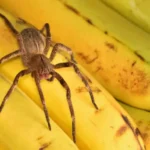 Banana and Spider: Unveiling the Truth Behind the Myths and the Reality
Banana and Spider: Unveiling the Truth Behind the Myths and the Reality
